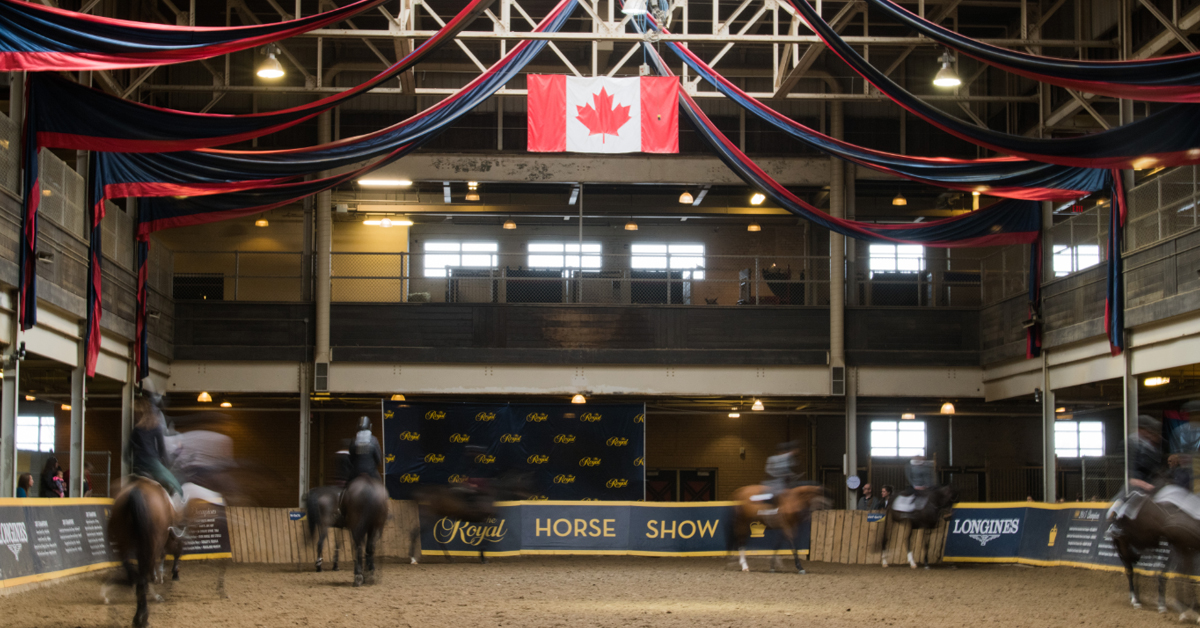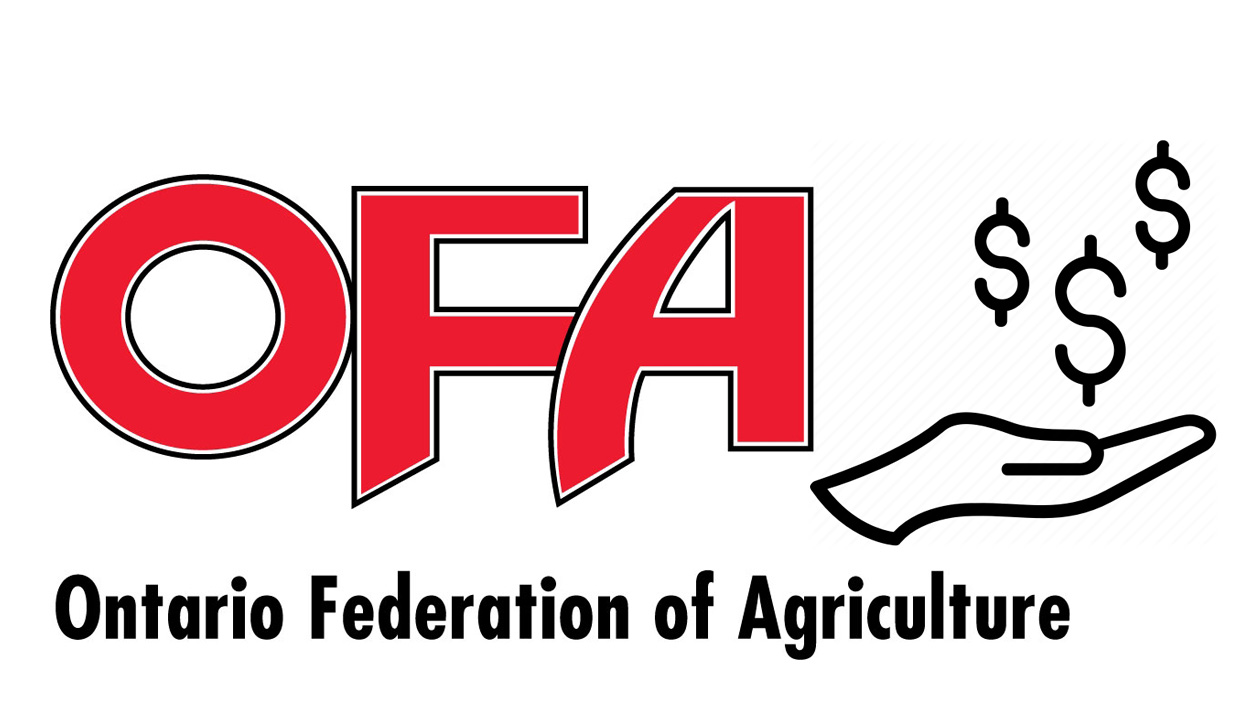FEI President HRH Princess Haya welcomed more than 300 delegates to the third FEI Sports Forum, which opened at the prestigious IMD business school in Lausanne (SUI) today.
Addressing delegates from 70 National Federations, representatives of the FEI Associate members, experts, guests, FEI Bureau and Technical Committee members, and FEI staff, the FEI President stressed the importance of the annual Sports Forum in her opening address.
“This is one of the most important meetings on the FEI calendar, because this is where we hear first-hand from the people who are most directly involved in running our sport,” she said. “We need your help to ensure that decisions made at the General Assembly are grounded in reality.
“This forum comes at an exciting time for our federation. The extremely successful London 2012 Olympic Games showed our sport at its best in an iconic venue before a massive global audience. We are building on that momentum with new sponsors and the excitement provided by a new generation of emerging equestrian superstars. With help from FEI Solidarity, our sport is developing in new regions.
“This is also a challenging time. We can never take our place on the Olympic Programme for granted. We are continuing to seek new commercial partners to strengthen our financial foundation. And we must never rest in the ongoing effort to deter and detect the few who seek unfair advantage. Your work here will help us meet those challenges and make the most of the opportunities before us.”
The Sports Forum’s first session focused on the Jumping Event Classification System (ECS) with FEI Executive Board member and Technical Committee chair John Madden (USA) as the keynote speaker. The panellists were Ludger Beerbaum (GER), four-time Olympic champion; Peter Bollen (BEL), equine nutritionist and President of the International Equestrian Organisers Association (IEOA); Juan-Carlos Capelli (ITA), Vice-President and Head of International Marketing of Longines; Jacky Delapierre (SUI), Founder and CEO of Athletissima, Lausanne’s annual athletics sporting event which is part of the IAAF’s Diamond League; Jon Doney (GBR), FEI Official and course designer; and Carl Spencer (USA), management and market research consultant.
John Madden briefly reviewed the background of the ECS, which was first introduced for Jumping in 2010, with the long-term goal of evaluating all Jumping events according to a standardised template of objective criteria. The concept was discussed at the inaugural Sports Forum in 2012 when delegates agreed that the prize-money-only system currently in place for grading events did not encourage event organisers to improve their facilities, as excellence was not rewarded.
After some fine-tuning of the evaluation template, a new ECS was trialled in spring 2013 at Western European League events of the Longines FEI World Cup™ Jumping series. The system took into account all the factors that contribute to a top event, including the level of the competition and venue facilities.
Madden identified the three essential goals of the newly developed system:
• The collection of useable feedback for organisers and FEI Headquarters based dupon clear, concise standards;
• a streamlined cost- and time-effective evaluation system which engages all enthusiasts;
• gathering information through systems already in place for ease of implementation.
He then presented the proposed ECS strategy, including the collection of the existing officials’ reports, draft schedules, and host agreements which will be incorporated into a manageable FEI reporting data base. A scorecard for the event would then be produced and sent to the event organisers for feedback.
The appointment of account executives for FEI series to be involved in the data collection process, and the implementation of an early warning system, open to all data collectors, through which the relevant FEI HQ departments could be speedily alerted if serious problems were encountered at an event, were also presented, and the actions to be implemented before, during, and after the event were outlined.
Carl Spencer of market research provider KS&R, presented the current status of the ECS, based on information extracted from existing documents. He stressed that data collection would not be transformed into an independent activity but would be conducted through existing channels, and highlighted the importance of automation and the use of online facilities.
Next steps in the ECS development were identified as the review of the implementation protocol and timetable, the automation of the officials’ reports, and the finalisation of the scoring system.
During the following open debate, Jacky Delapierre highlighted the importance of television production, particularly for top events. Ludger Beerbaum, commenting on behalf of the International Jumping Riders Club (IJRC), encouraged the FEI to implement the ECS and emphasised the importance of strategic forward thinking. “We need to think where our sport wants to be in 20 or 30 years,” he said. “We should consider a long-term vision and never let our connection with the Olympic Games out of sight.”
Delegates from Australia, Canada, Denmark, Finland, France, Germany, Great Britain, Greece, Ireland, Poland, and Saudi Arabia discussed the pivotal role of the NFs and their involvement in the evaluation system, the need to avoid duplication of tasks, the weighting of the scores attributed to the facilities for the horses, the involvement of grooms, the use for developing nations, the need for simplicity and feedback.
“A lot of work still remains to be done, especially where IT developments are concerned, but let’s not have paralysis over perfection,” John Madden said at the conclusion of the session. “Our objective is to launch the system later this year to evaluate events wishing to be part of the Longines FEI World Cup and the Furusiyya FEI Nations Cup. I am grateful for the very valuable comments we got from the Forum today and given the positive feedback and everyone’s willingness to take part, I am looking forward to a great step forward for our sport.”
Equine Surfaces
The second morning session focused on the Equine Surfaces White Paper, an extensive study into the effect of arena surfaces on the orthopaedic health of sport horses, published earlier this month by the FEI.
The white paper is the result of a four-year collaboration between eight equine experts from six universities, three equine and racing-specific research and testing centres and two horse charities in Sweden, the UK and United States.
Highlights of the white paper were presented by Lars Roepstorff (SWE), professor of functional anatomy of domestic animals at the Swedish University of Agricultural Sciences. A layman’s version of the white paper, Equestrian Surfaces – A Guide, was presented to delegates, and is available to download here.
Footing Formula
Brand new rider-focused research was detailed by Professor Roepstorff, based on views from more than 350 riders in warm-up and competition arenas at 10 4- and 5-star events in 2013, resulting in over 600 “footing feedbacks”.
Ludger Beerbaum, who also featured on the Footing panel, took part in the research. “Footing is our primary daily concern”, he said. “It’s vital that we have the best possible ground for our horses when we’re training at home and when we travel for competitions. When the footing is good, our horses are healthy. Getting the footing right is already complex, and we’re also training and competing in different climates outdoors and indoors throughout the year.
“Ongoing research into footing is key to prolonging the careers of our horses. I and the other riders who have taken part in this research all feel that major advances have been made in understanding footing, and we’ll continue to be part of further studies.”
“Now, thanks to extensive scientific knowledge and data collected on footing by our global experts, and this latest valuable rider research, the FEI is able to provide clear guidance on the specifications and maintenance of footing for working areas and competition arenas to the entire equestrian community”, said John McEwen (GBR), FEI 1st Vice-President and Chair of the FEI Veterinary Committee.
“This will have an extensive impact on horse health and performance, and represents a major step forward for riders and stable owners. Organisers will also benefit from having very specific details on the best formula for footing at major events.”
Frank Kemperman (NED), Chair of the FEI Dressage Committee and organiser of the CHIO Aachen (GER), was joined on the panel by Oliver Hoberg (GER), who has been responsible for footing at numerous major equestrian events around the world since the 1990s, including the FEI World Cup™ Final 2003 in Las Vegas, the Beijing 2008 Olympic Games and the London 2012 Olympic Games. He is now in charge of the footing for the Nanjing 2014 Youth Olympic Games, which take place this August.
The importance of footing maintenance was underlined in the following open discussion. “The footing is only as good as the maintenance, and good maintenance requires dedication”, underlined Hoberg. “It is all about carefully studying a horse’s response to footing in varying situations and having a focused and consistent maintenance approach.”
An online discussion platform to continue the debate on all topics discussed at the FEI Sports Forum 2014 is available here.
More from Horse Sport:




